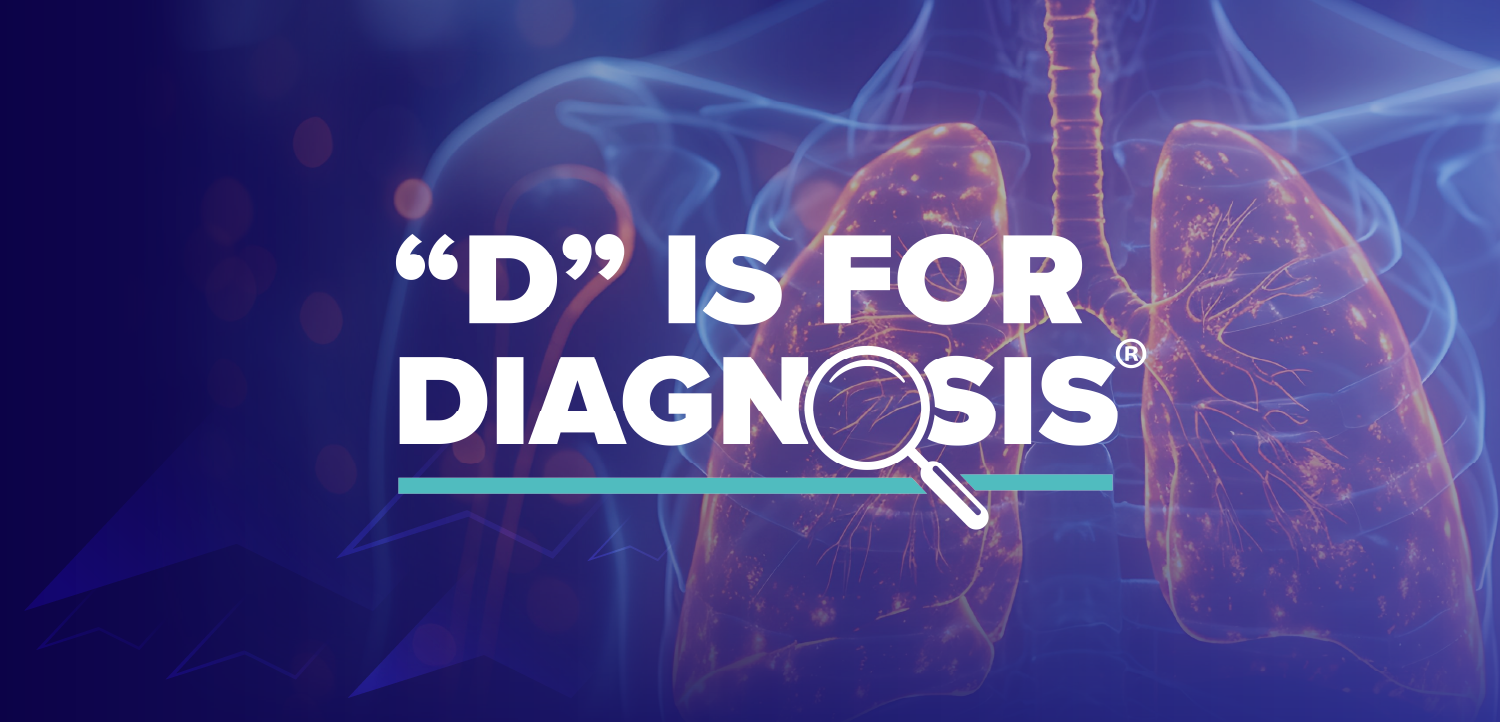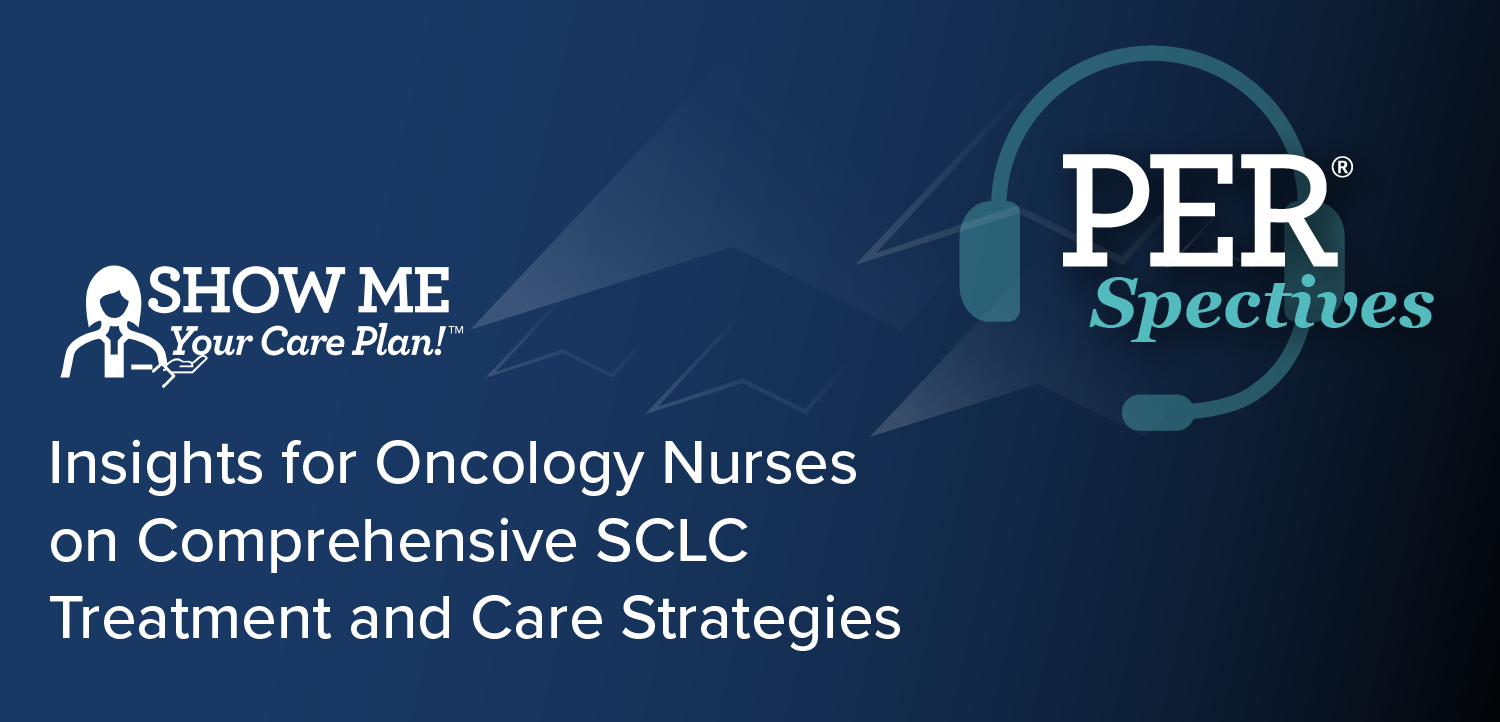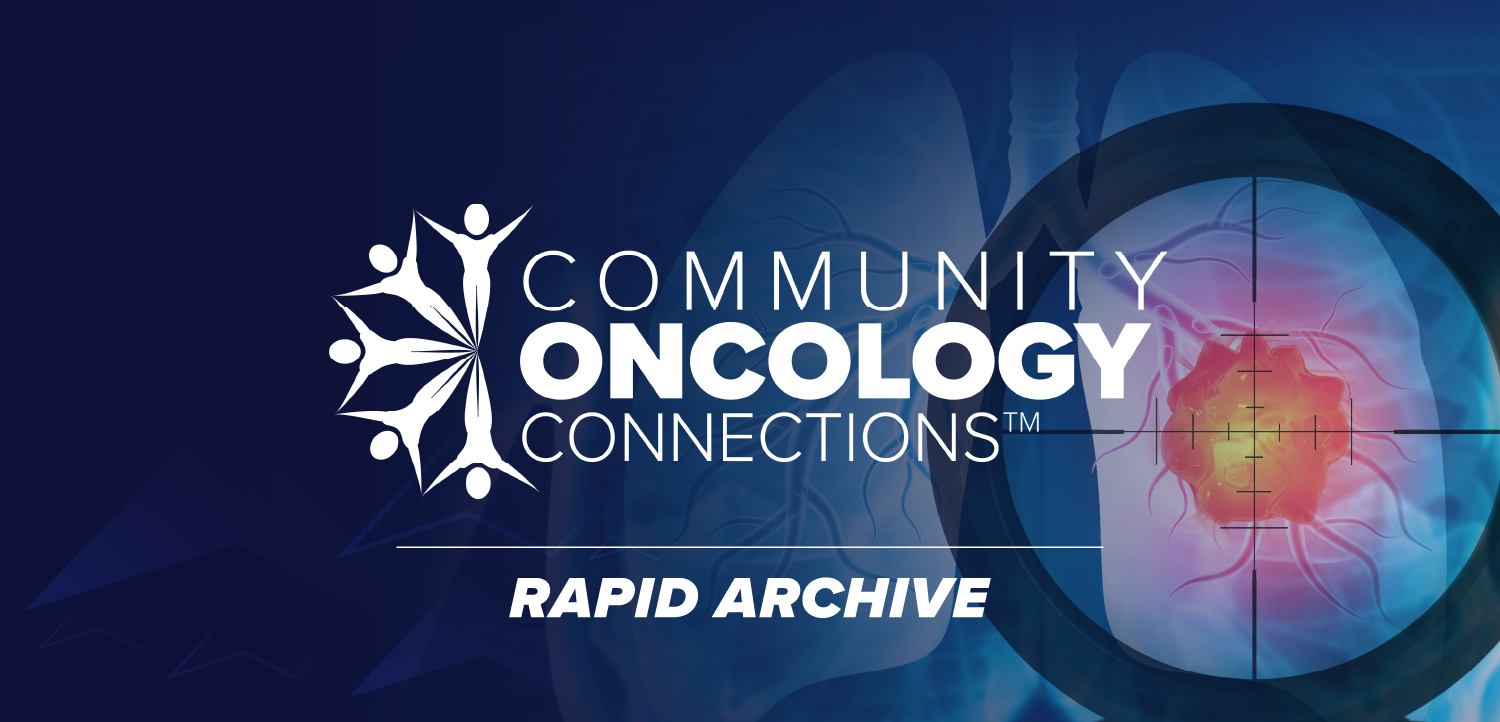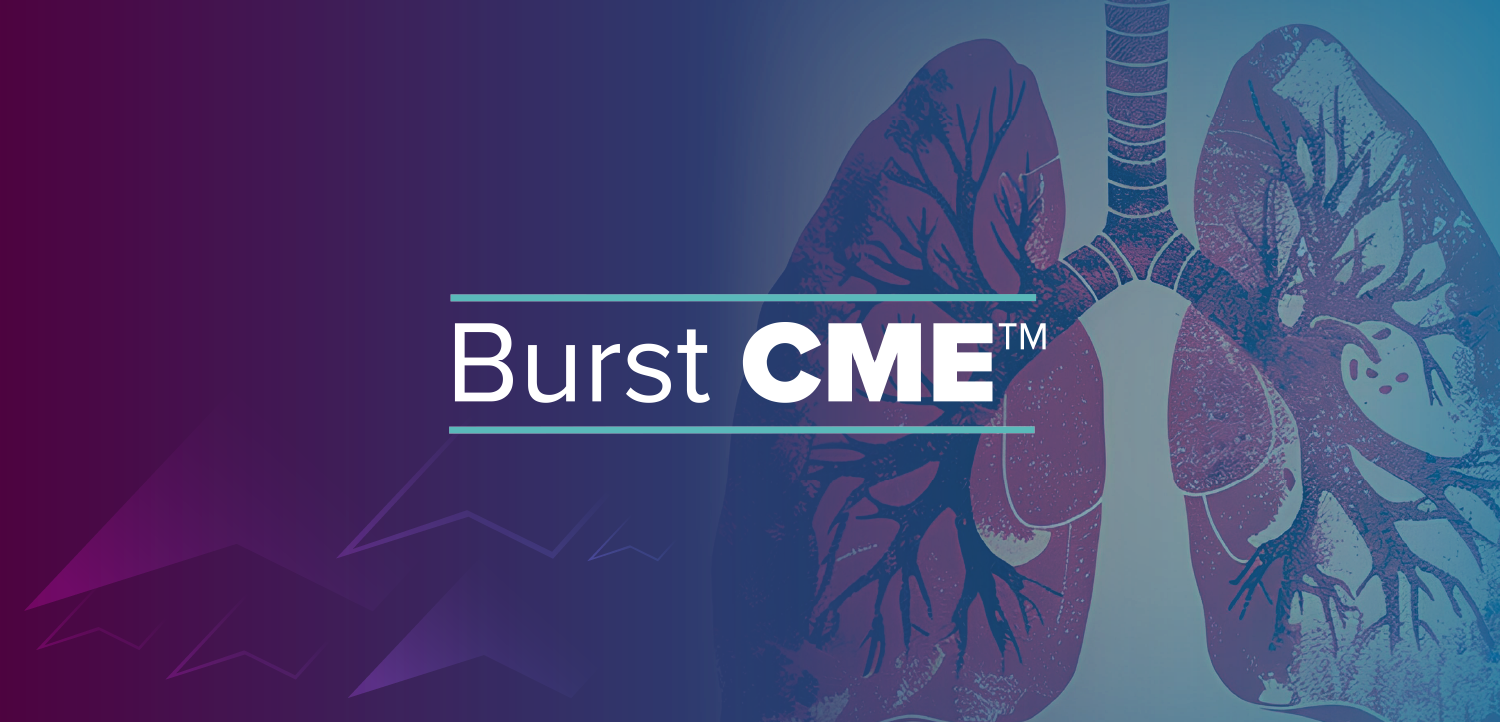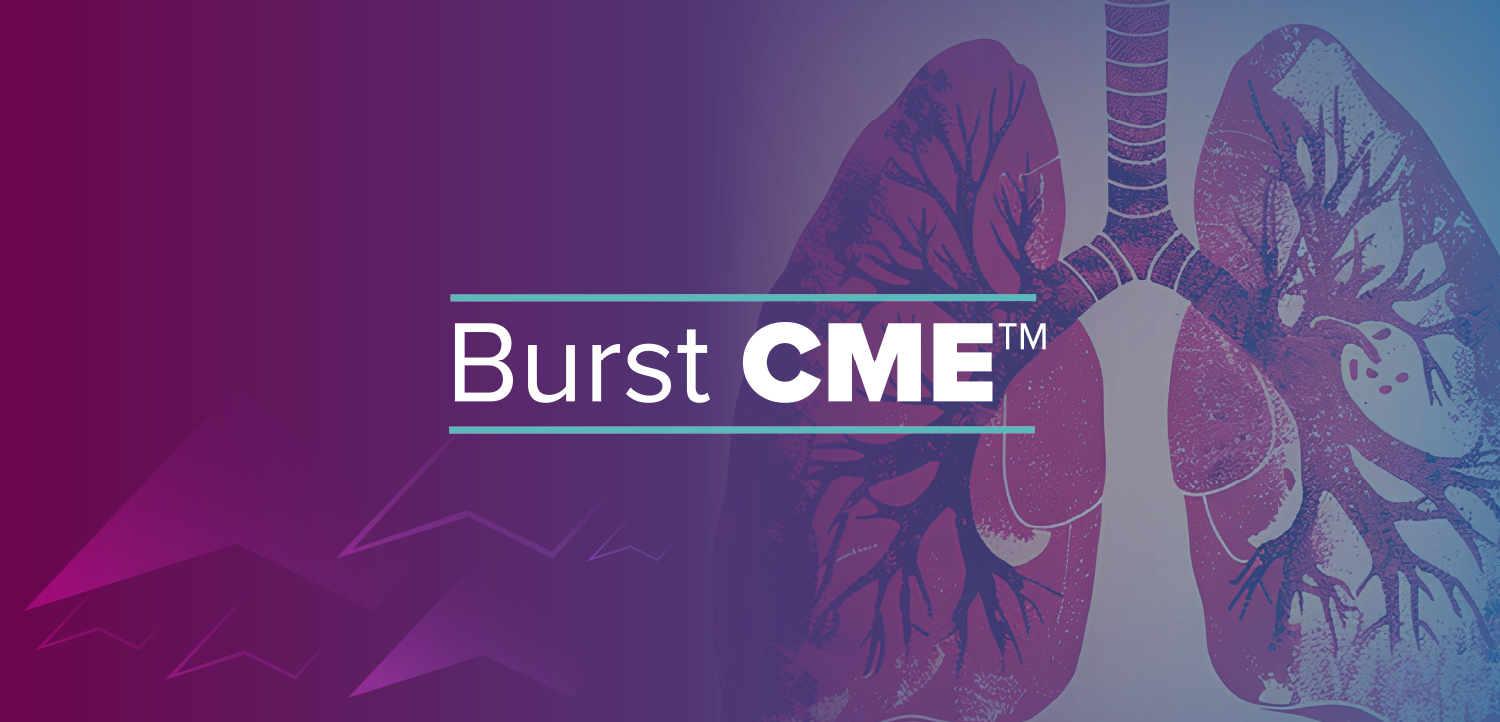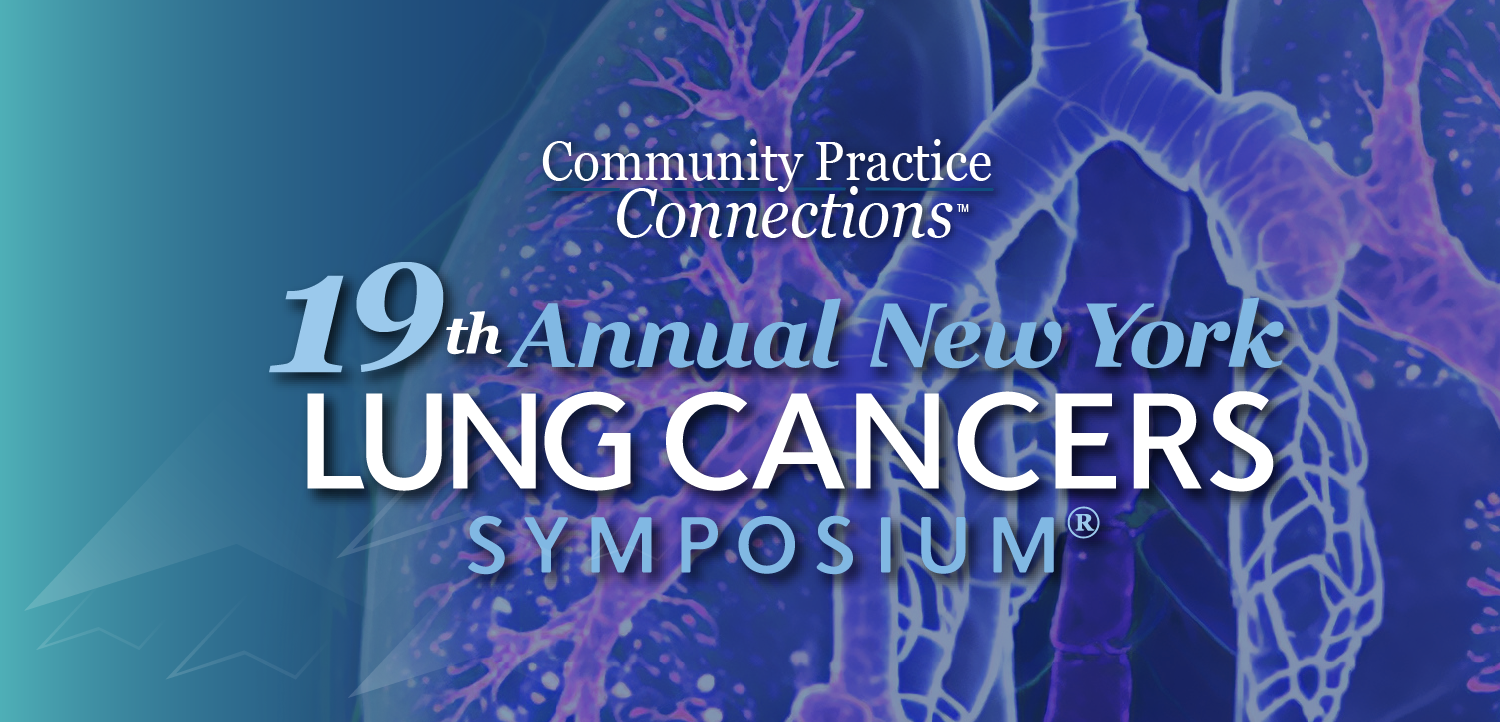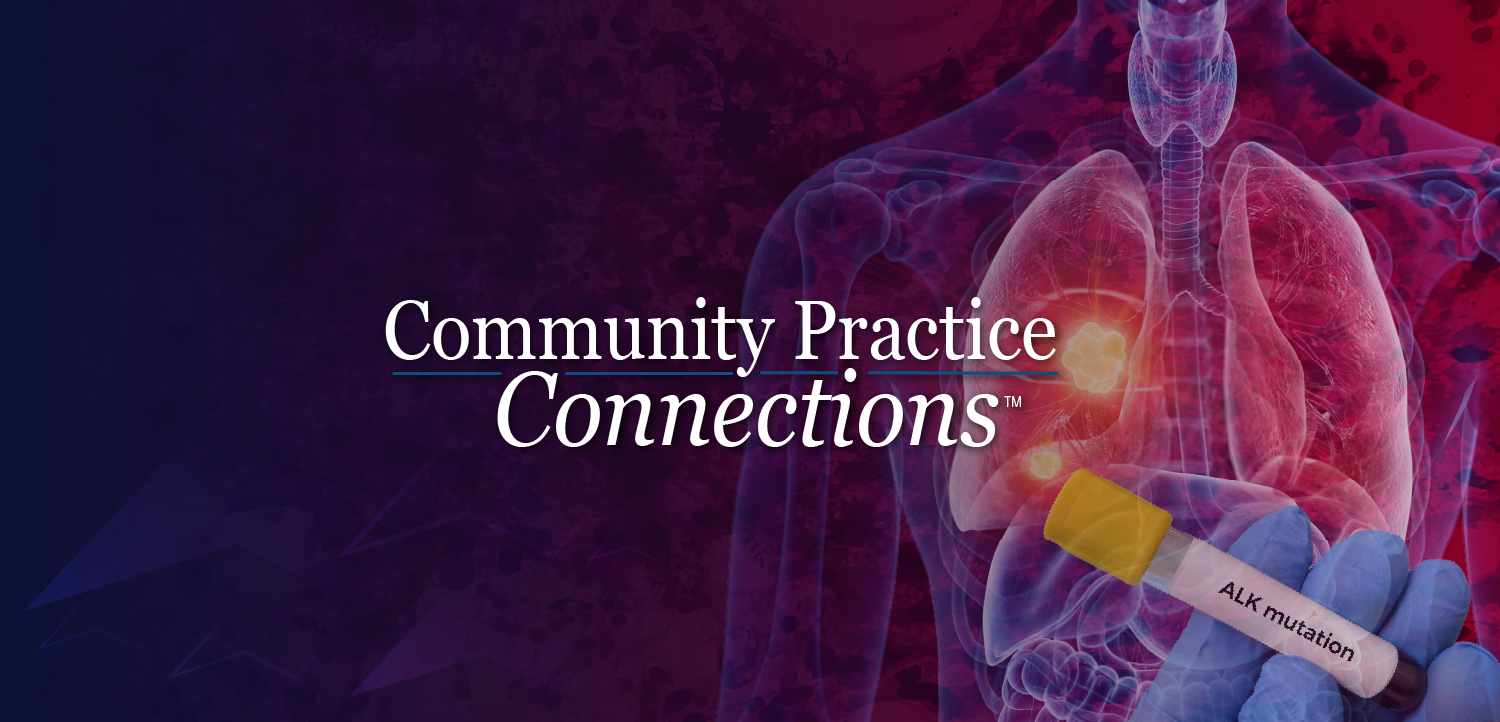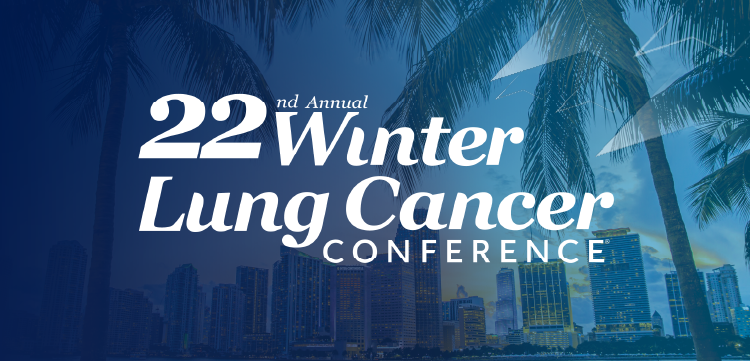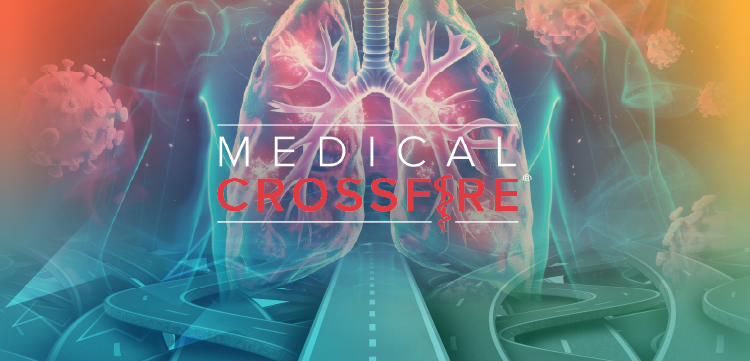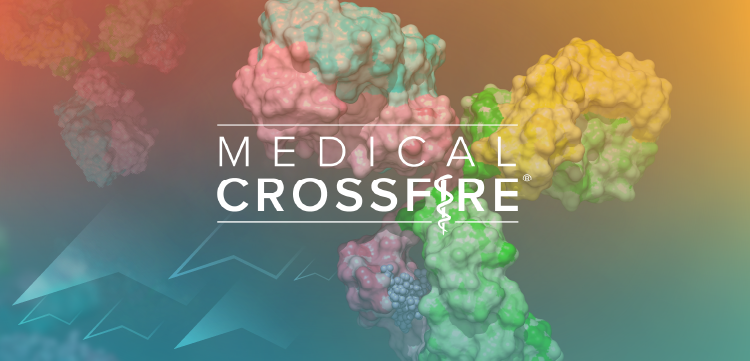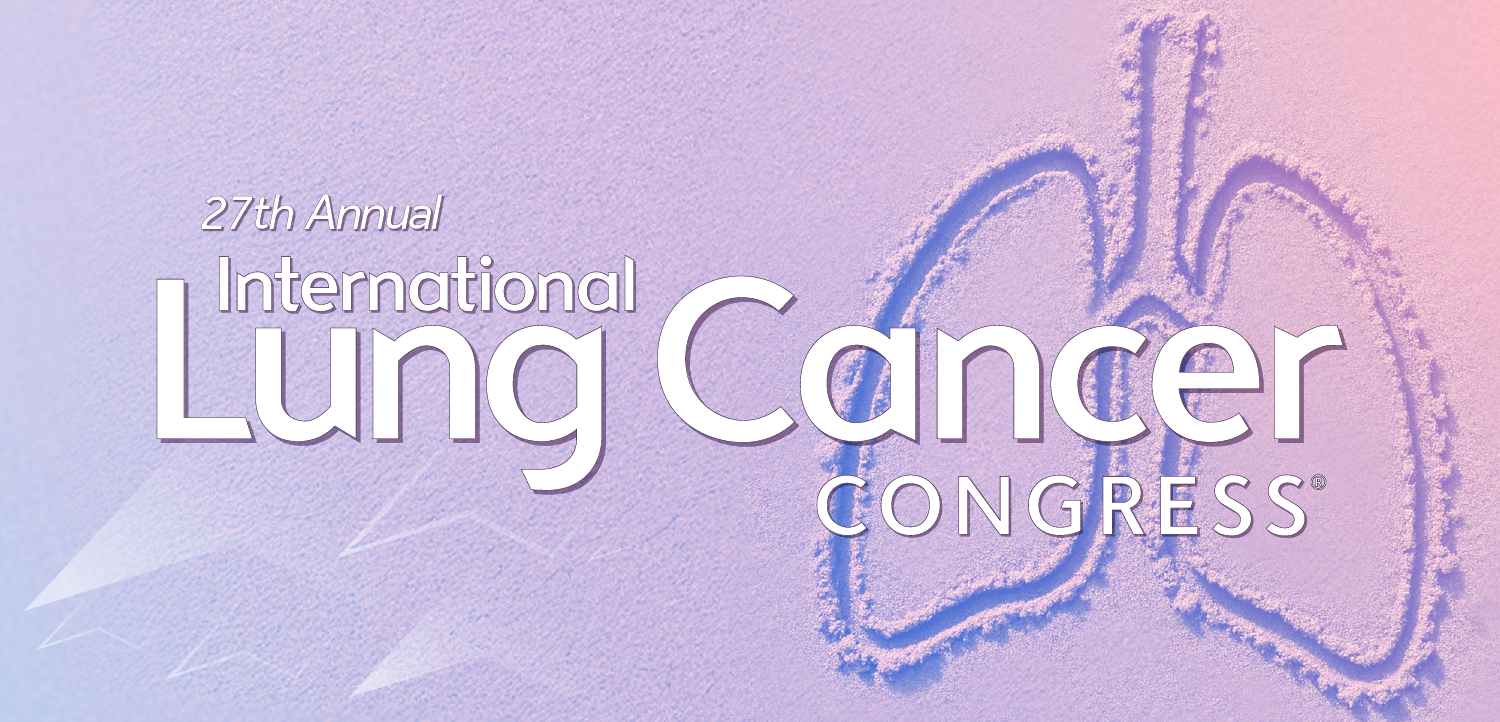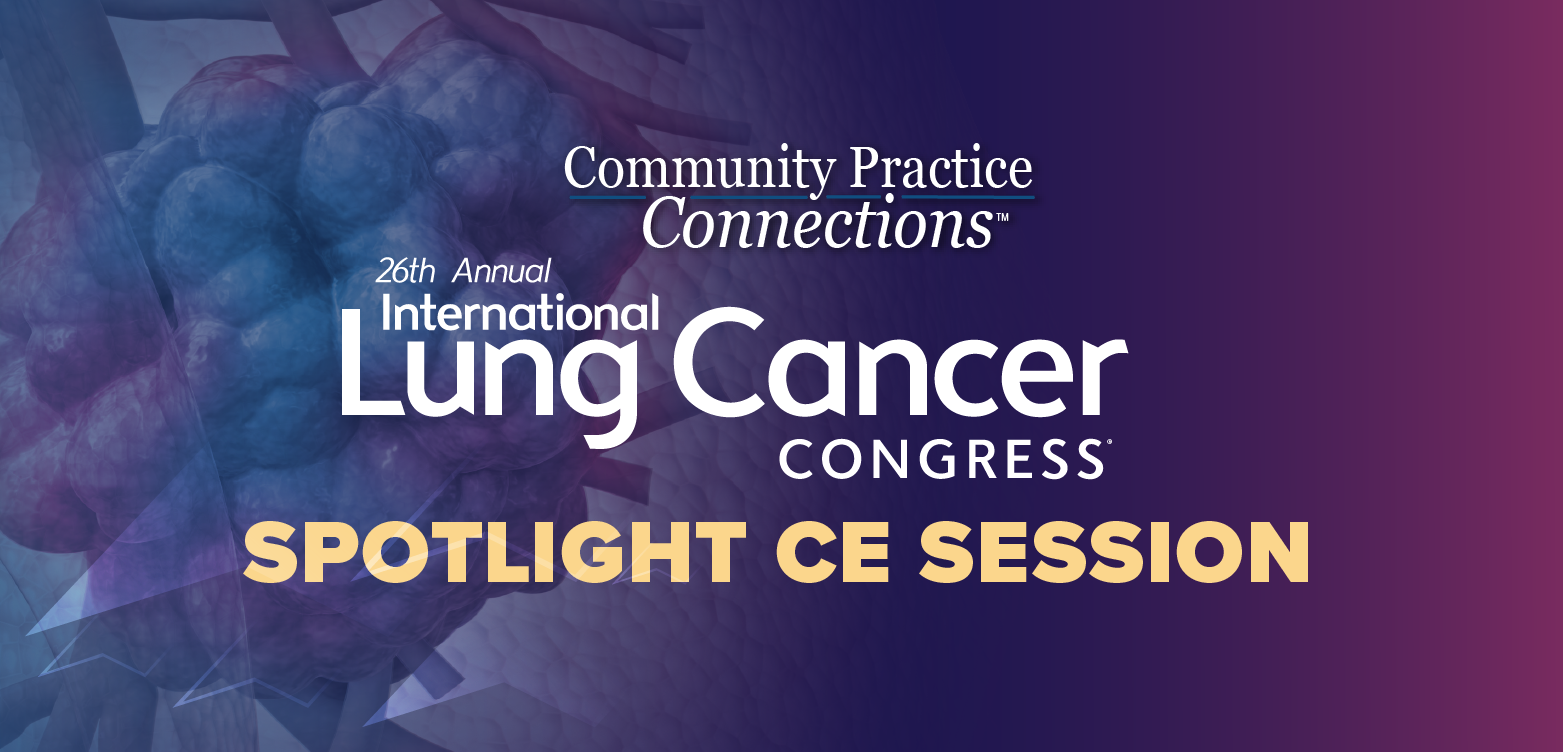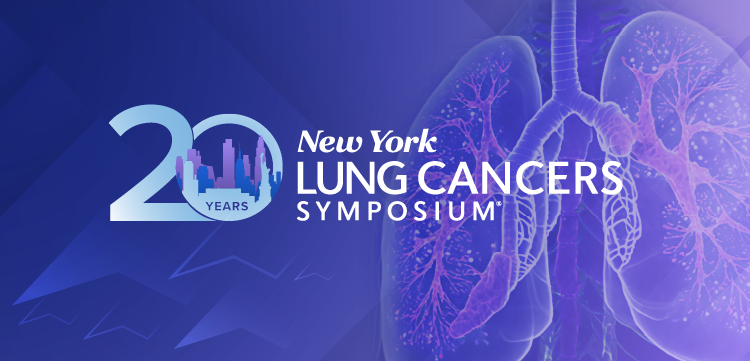Helping hands
Editorial comment.
What We Think
Helping hands
By Richard Service, Editor
We've reported on some amazing new technologies in these pages, but we've tried never to lose sight of the human factor in good health care. That was brought home to me recently when Contributing Editor Dan Moskowitz filed a report on an old idea that's been revamped for modern times. I'd like to share that with you.
"Over the past 20 years, the once-common position of occupational nurse has disappeared at many worksites, a victim of cost cutting and superceded by a new breed of safety experts, conversant with federal standards, taking on many of the nurses' prevention roles.
"But in Seattle, a 21st Century version of the worksite nurse is taking hold: a medic, who may or may not hold a nursing degree but who has special experience in handling trauma and quickly assessing the severity of injuries. Now Virginia Mason Medical Center, home base for the medic program, is developing the next phase: a mobile medic who would cover a number of worksites from a veritable clinic on wheels. He (It's usually a he.) will be 'kind of like a nurse in a box,' explains Karen Bowman, who oversees the program for the hospital.
"While the on-site medic program has been set up at a shipyard and a large commercial bakery, most of Virginia Mason's customers have been construction contractors working on large projects. Virginia Mason's Darin Smith, head of the occupational health department, figures that it probably takes around 400 workers at a site for the program to be economically feasible. The roving medic will cover a bunch of smaller locations for the same contractor, on call to race to a site when an accident occurs.
"Of course, if it is evident that there are life-threatening injuries, the best drill is to call a 911 ambulance. But Bowman says that many construction site accidents are less severe, often sprains or strains that, without the availability of a medic, would take the worker off the job for hours for a trip to a clinic. Often the medic can handle the problem on site, saving substantial money from time loss, Bowman argues. If an ER visit is indicated, the medic can prep the patient and alert the ER to the medical problem that is arriving. The medic is in touch via mobile phone with Virginia Mason's staff doctors and therapists. 'It's a whole interdisciplinary team that is caring for this guy through the eyes and hands of the paramedic,' Bowman says."
A neat idea, and precisely the right combination of high tech and hands on that characterizes good health care.
Richard Service. Helping hands. Business and Health 2001;5:6.
Newsletter
Get the latest industry news, event updates, and more from Managed healthcare Executive.





